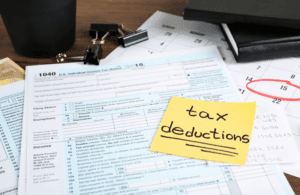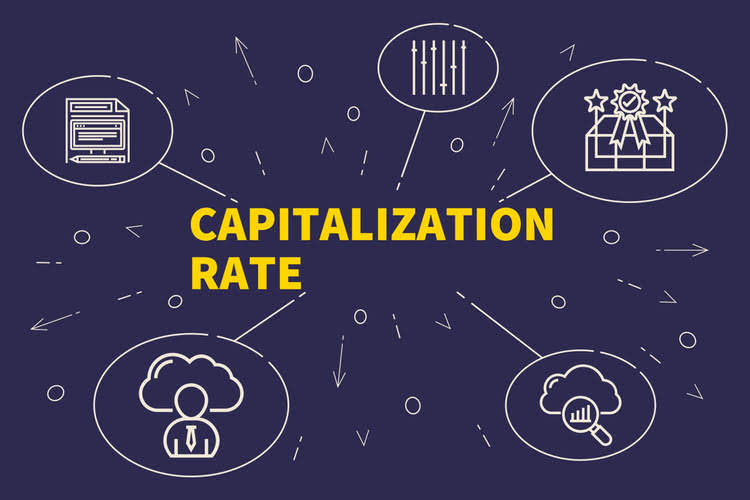
Similarly, a note receivable gives the holder, or the lender, the right to receive the amount from the borrower. The payee is the creditor who will receive the money while the maker is the debtor who will send the money to the payee according to terms of the note. This https://www.bookstime.com/ journal entry causes the balance in Accounts Receivable to decrease and the balance in Note Receivable to increase. The same $1,000 that the customer owes is now classified as an interest-bearing loan rather than just aninterest-free amount owed on an invoice.
Accounting for Notes Receivable
Notes receivable can arise due to loans, advances to employees, or from higher-risk customers who need to extend the payment period of an outstanding account receivable. Notes can also be used for sales of property, plant, and equipment or for exchanges of long-term assets. Notes arising from loans usually identify collateral security in the form of assets of the borrower that the lender can seize if the note is not paid at the maturity date.
Classification of notes receivable:

The principal of a note is the initial loan amount, not including interest, requested by the customer. If a customer approaches a lender, requesting $2,000, this amount is the principal. The date on which the security agreement is initially established is the issue date. A note’s maturity date is the date at which the principal and interest become due and payable.

Notes Receivable Terms
- As at 31 December, the note receivable from ABC is classified as a non-current asset because it is due after 12 months from 31 December.
- Otherwise, if the collection extends beyond one year, it is categorized as a non-current asset.
- On July 2, BWW determined that Sea Ferries dishonored its note and recorded the following entry to convert this debt into accounts receivable.
- For non-current asset classification, the company must reevaluate the note receivable at the end of each accounting period to identify if its classification has changed.
- A note receivable also comes with a predetermined interest rate after a mutual agreement between both parties.
Thus, the payee of the note should debit Accounts Receivable for the maturity value of the note and credit Notes Receivable for the note’s face value and Interest Revenue for the interest. Frequency of a year is the amount of time for the note and can be either days or months. We need the frequency are notes receivable current assets of a year because the interest rate is an annual rate and we may not want interest for an entire year but just for the time period of the note. When interest is due at the end of the note (24 months), the company may record the collection of the loan principal and the accumulated interest.
The payee holds the note and is, therefore, due to receive a payment from the payer. The payer, or the marker, is the borrower who gets the loan from the payee. Situation 2a – The company receives another note from the customer for the principal of the first note plus the interest. Note that since the 12% is an annual rate (for 12 months), it must be pro- rated for the number of months or days (60/360 days or 2/12 months) in the term of the loan. Notice that the sign for the $7,835 PV is preceded by the +/- symbol, meaning that the PV amount is to have the opposite symbol to the $10,000 FV amount, shown as a positive value. This is because the FV is the cash received at maturity or cash inflow (positive value), while the PV is the cash lent or a cash outflow (opposite or negative value).
On the balance sheet, the Current Asset sub-accounts are normally displayed in order of current asset liquidity. The assets most easily converted into cash are ranked higher by the finance division or accounting firm that prepared the report. The order in which these accounts appear might differ because each business can account for the included assets differently. BWW issued Sea Ferries a note in the amount of $100,000 on January 1, 2018, with a maturity date of six months, at a 10% annual interest rate.
Understanding Notes Receivables
 ()
()
Leave a Reply